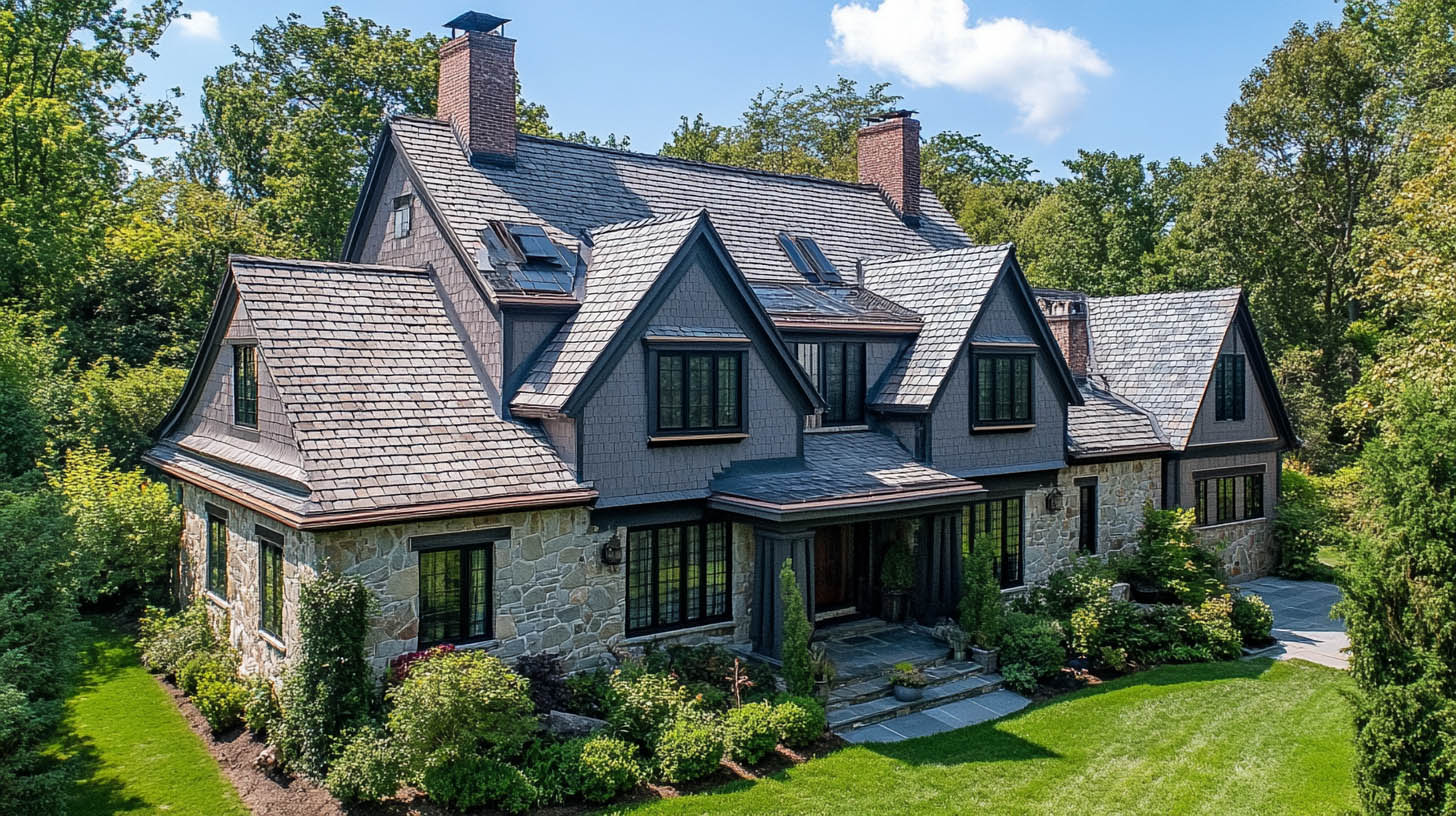
The longevity of a home’s chimney flashing is crucial for protecting against water damage and maintaining structural integrity. Rainstoppers Roofing in Charleston, WV, ensures expert installation and maintenance services to maximize its effectiveness. Chimney flashing serves as a vital barrier where the chimney meets the roof, safeguarding against leaks and damage caused by water infiltration.
Understanding Chimney Flashing
Chimney flashing consists of durable materials, such as aluminum or copper, designed to create a watertight seal around the chimney’s base. Common types include step flashing, counter flashing, and continuous flashing. Copper flashing, known for its exceptional durability, can last up to 80-100 years, making it a preferred choice despite its higher cost. Conversely, aluminum flashing offers a lifespan of 20 to 30 years, balancing affordability and longevity.
Factors That Influence Chimney Flashing Lifespan
Material Quality: Flashing made from high-quality metals, such as copper or galvanized steel, offers superior resistance to rust and weather-related wear.
Installation Standards: Proper installation by trained professionals is key to preventing premature failures, such as leaks or gaps.
Weather Exposure: Severe climates with heavy rain, snow, or high winds can accelerate the deterioration of flashing materials. Maintenance Practices: Regular inspections and timely repairs extend the lifespan of chimney flashing significantly.
Signs Your Chimney Flashing Needs Replacement
Rust, corrosion, or visible gaps in the flashing signal a need for replacement. Water stains on ceilings near the chimney, or peeling paint, may indicate leaks caused by faulty flashing. Homeowners should also be alert for debris accumulation around the chimney or excessive moisture in the attic.
Maintaining and Extending Flashing Longevity
Routine roof inspections and cleaning gutters to prevent water pooling are essential steps. Applying sealants can temporarily address minor cracks, but professional repair or replacement is the long-term solution. Annual maintenance by a roofing professional ensures that flashing remains effective, protecting the home from water damage.
Unique Fact: According to industry studies, poorly installed chimney flashing accounts for up to 90% of chimney-related leaks, highlighting the critical need for expert installation.
FAQs
1. How often should chimney flashing be inspected? It should be checked during annual roof inspections or after severe weather events.
2. What materials are best for long-lasting chimney flashing? Copper offers the best durability, often lasting over 50 years, while aluminum is a cost-effective alternative with a lifespan of 20 to 30 years.
3. Can damaged flashing be repaired, or must it be replaced? Small cracks or gaps can be sealed temporarily, but extensive damage requires replacement for lasting protection.
4. How do weather conditions affect flashing lifespan? Harsh climates accelerate wear and tear, necessitating more frequent inspections and maintenance.
5. Does flashing replacement require roof replacement? Not necessarily. Flashing can be replaced independently unless significant roof damage is present.
By maintaining chimney flashing and addressing issues promptly, homeowners can prevent extensive damage and costly repairs. With expertise from companies like Rainstoppers Roofing, effective solutions ensure the longevity and reliability of this vital roofing component.
If you want to read a blog about roofing and HVAC as essential pandemic services for your building’s health, click here.
